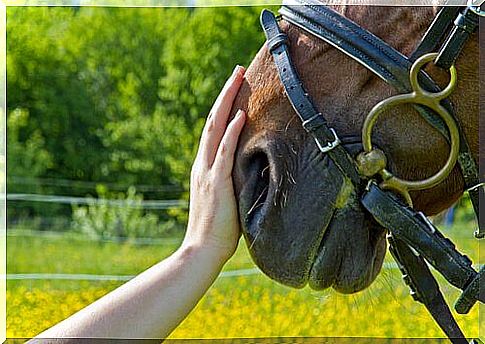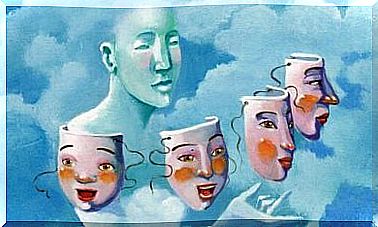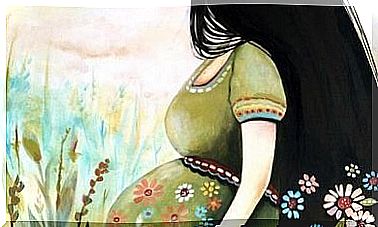6 Benefits Of Horse Assisted Therapy

Equitherapy or horse-assisted therapy is a relatively recent fad. Even so, already in 460 BC. JC., Hippocrates himself spoke of the benefits of horses to solve health problems, it was not until the 1960s that we really began to use this type of therapy as a form of rehabilitation.
While riding, the patient begins to stimulate areas of his body that he had never worked before. This serves to improve his balance and mobility, in addition to provoking an incredible communicative response in riders.
They do not necessarily have to position themselves in a conventional way: they can sometimes be seated in the other direction, be standing or adopt different postures which can alternate. The pace of the animal’s trot is similar to the movements of the pelvis when we walk, so horse-assisted therapy is perfect for people with limited mobility.
It is also highly recommended for people with autism, Down syndrome, multiple sclerosis, cerebral palsy or many trauma illnesses. It is important to take one thing into account: this is an alternative that should always be accompanied by medical treatment, otherwise progress will be difficult to notice.

Socializing function
Animals normally create a special bond with human beings, especially horses. Non-verbal communication between the person and the animal strengthens the emotional bond that is created: there is no need for words for the coordination to be perfect. Emotions find a space to flow peacefully, and the relationship between the two ends up generating a tenderness and understanding that is often indescribable.

Physical exercise
Horse assisted therapy involves the exercise or use of many muscles in our body. Balance, strength and skill (always being accompanied by a person who is present at all times) are fundamental and promote the mobility of the joints, more particularly of the abdomen, the gluteal muscle, the calves, the legs. arms, in addition to strengthening the spine.
Horse riding, in itself, is a very complete and recommended sport; if we add to it the relaxation caused by the body temperature of the horse, we will have a perfect excuse to get to know a little more this discipline.
Improved self-esteem
This therapy allows people with all types of disabilities to feel useful. Animals don’t judge, mock or criticize. In a way, they treat humans equally and without making distinctions. In addition, they are the first to show their gratitude when they receive a tender gesture.
Horse-assisted therapy acts as a catalyst for more complex emotions. The love and understanding that animals can give us is sometimes more rewarding than that which some people can give us. Anyone who has lived with an animal can certify it to you.
Increased attention span
It improves concentration and attention and this is particularly valuable in people with ADHD. The patient focuses on the relationship with the horse, thus increasing the spatio-temporal domination, as it promotes pre-operative thinking.
Among all ADHD patients, this therapy is especially effective with children. Thus, training and increasing their ability to control and maintain fixed attention is important, especially if the effects achieved with equine assisted therapy extend to the educational context. In addition, at the sensory and cognitive level, reflexes and stability are increased.

She relaxes and distresses
It is a great exercise to free the mind from everyday stress. Many psychologists recommend this therapy for dealing with anxiety and stress issues. Likewise, it is also sometimes used in cases of anorexia and bulimia.
It also helps to relate to other people who are outside of our usual context. It improves emotional control and teaches patients to express their feelings in an appropriate way.
Environmental function
The patient does not feel that he is in a serious or artificial place, as can be the case in a consulting room. Conducting horse-assisted therapy allows you to be in the open air, a much more natural space where our senses have the opportunity to sharpen; the feeling of well-being therefore increases much more easily.
Nature acts in a therapeutic way, offering the unique opportunity to bring together the person and the animal in the same context. Moreover, today it is a practice that has many followers all over the world. It is a widely used alternative thanks to its innumerable benefits at all levels, although it is obvious that it must always be accompanied by specialized treatment.










